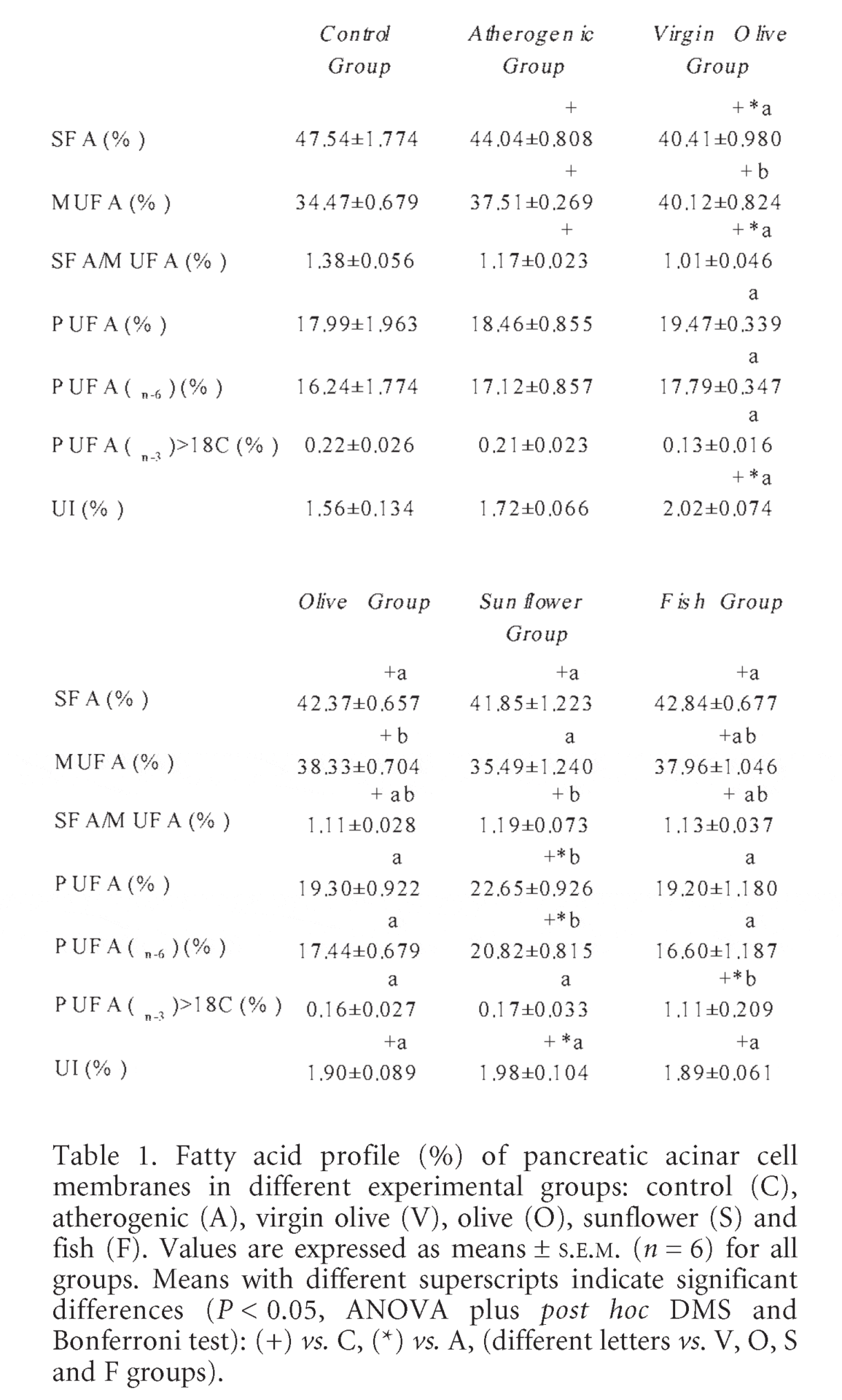Lipopolysaccharide (LPS) is an endotoxin causative agent of sepsis (Morrison et al. 1987). Recent studies in our laboratory have shown that this endotoxin inhibits L-leucine absorption across rabbit jejunum (Abad et al. 2001). The aim of this work was to study the LPS effect on D-fructose intestinal absorption.
The experimental methods used in the intestinal transport were: (a) tissue accumulation (incubation was for 3 min, at 37 °C, under 95 % O2-5 % CO2 bubbling, and the measurements were expressed as micromoles of D-fructose per millilitre of cell water), (b) transepithelial flux in Ussing-type chambers (the bathing solutions on the mucosal and serosal surfaces of the tissue were maintained at 37 °C, under 95 % O2-5 % CO2 bubbling, and the results are expressed as micromoles of D-fructose per cm2 per hour), and (c) brush-border membrane vesicles (BBMV) were prepared using the Mg2+, EGTA precipitation method (Hauser et al. 1980) with minor modifications (Brot-Laroche et al. 1986). D-Fructose transport was studied in rabbit jejunum from control and treated animals (2 µg (kg body weight)-1 LPS by intravenous route, 1 h 30 min previously). All results are expressed as means ± S.E.M. Means were compared using a one-way analysis of variance (ANOVA). Significant differences (P < 0.05) were compared using a Student’s unpaired two-tailed t test. Handling, equipment and killing of animals was in accordance with the European Council Legislation 86/609/EEC concerning experimental animal protection.
The results show that the sugar absorption in LPS-treated rabbits was reduced significantly compared with control animals (control 2.71 ± 0.07, LPS 2.20 ± 0.04). The endotoxin decreases both the mucosal-to-serosal transepithelial flux (control 0.41 ± 0.02, LPS 0.28 ± 0.02) and the transport across brush-border membrane vesicles of D-fructose at different times. To explain this inhibition of sugar transport, the density of the D-fructose transporter, GLUT5, was analysed by Western blot. The levels of GLUT5 were lower in LPS-treated animals (about 28 %), indicating a significant reduction in the expresión of GLUT5 protein and, therefore, in transport capacity. These results suggest that the inhibition in D-fructose intestinal absorption by intravenous administration of LPS could be produced by a reduction in the number of GLUT5 transporters. We also found that the LPS intestinal effect induced by intravenous administration was blocked by a TNF-α antagonist, indicating that TNF-α is a mediator in the LPS effect on D-fructose intestinal uptake inhibition (control 2.47 ± 0.06, LPS 1.90 ± 0.05, antagonist TNF-α/LPS 2.46 ± 0.05).
The rabbit polyclonal antibody GLUT5 was kindly provided by Dr E. Brot-Laroche (INSERM U505, Paris, France). This work was supported by grants from CICYT (SGPN Y+D) AGL 2000-1228 and University of Zaragoza, Spain.

